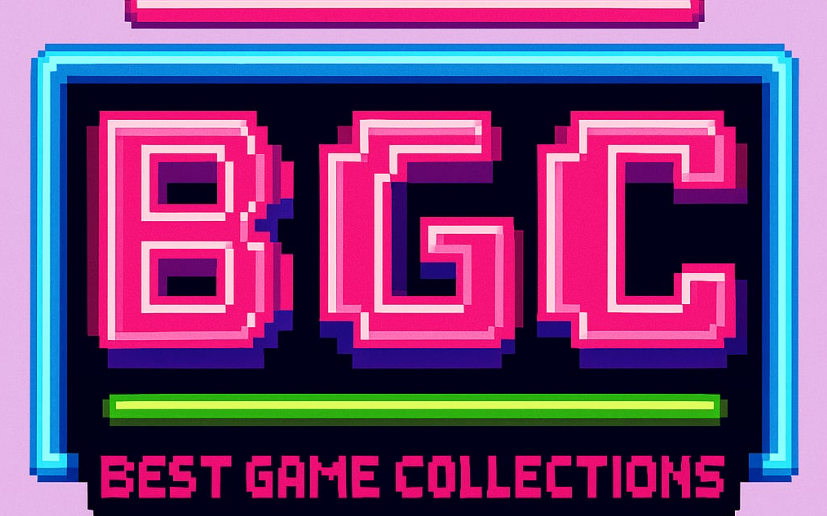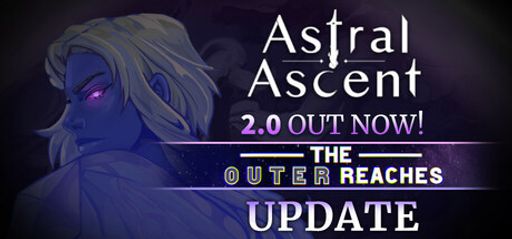I arrived at Astral Ascent with moderate expectations. As a lifelong single-player RPG fan, I’ve seen many games come and go. Yet this platform-style roguelite promised fast combat and a cast of colorful heroes. I jumped in like a speedrun fan hunting for the best moves. Hibernian Workshop, the team behind this space adventure, crafted a game that not only feels solid in its genre but also avoids many tired clichés.
Overall Impression
My first impression of Astral Ascent was a pleasant surprise. It skips the usual formula by mixing thoughtful strategy with quick action. The design doesn’t rely on flashy effects, yet it stands up well against hits like Dead Cells and Hades. Calling it a blend of BlazBlue Entropy Effect and Dead Cells isn’t far off, but it still builds its own style. Every hero feels different instead of just another copy-paste character. Hibernian Workshop gave them real strengths and backstories that peek through the chaos.
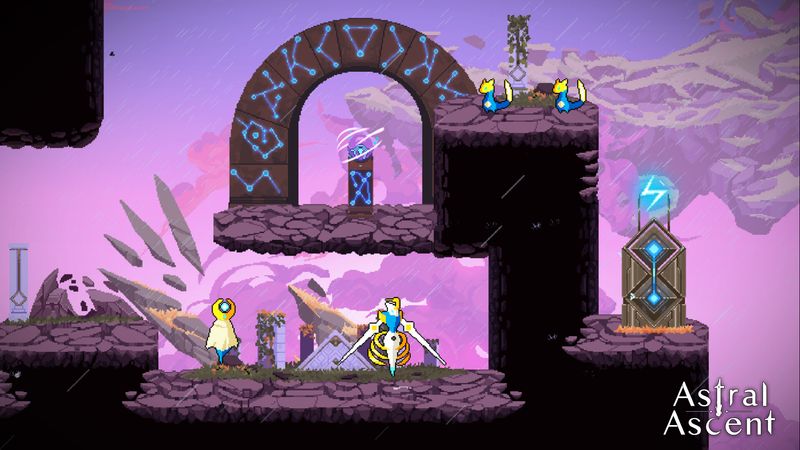
Gameplay Mechanics
The gameplay shows love from developers who know both old-school roguelites and modern platformers. Combat moves fast and rewards precise movement combined with smart spell use. I hit moments that required split-second choices, much like in a top-tier speedrun. Movement and attacks flow together, making each fight feel like a dance of offense and defense. I spotted a few small hiccups—some spells lagged a bit—but these never killed the rush. In fact, they add a touch of tactics, forcing players to think on their feet. That risk-and-reward balance makes the game more engaging.
Story and Character
Story and character also matter here. Astral Ascent takes place in the Garden, an astral prison ruled by Zodiac bosses. You face each boss while uncovering the prison’s mysterious past. The world feels fresh, and the heroes stick with you beyond just “stay alive.” The story doesn’t hit you over the head. Instead, it unfolds bit by bit through fights, dialogue, and small moments. It’s clever without getting in your way, and it pulls you into a living, mysterious world.
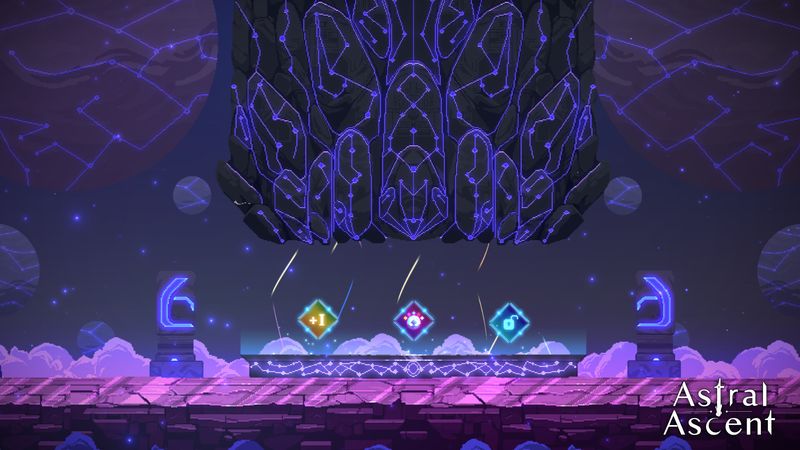
Visuals and Graphics
The visuals and graphics of Astral Ascent are a commendable blend of cozy whimsy and dynamic challenge. The art style brings to mind the playful drawings of a storybook, yet it also holds a certain gravity appropriate for an astral prison. Every boss, every spire of the Garden, and every hero is rendered with meticulous attention to detail. The graphical design does not merely serve as a backdrop; it actively bolsters the mood. The aesthetic fosters an immersive environment that encourages players to explore every cavernous corner of this curated cosmos.
Sound and Music
Sound and music prove to be another strong suit for the game. From the orchestral swell that accompanies an epic combat sequence to the subtle background hum that underscores moments of exploration, every sound feels purposeful. Voice acting elevates character interactions without overwhelming the overall tone. I noticed that the musical cues work in tandem with the in‑game action. Sound effects are crisp and help provide feedback on every successful strike or dodged blow. This sensory integration enriches the experience without distracting from the fast‑paced action.
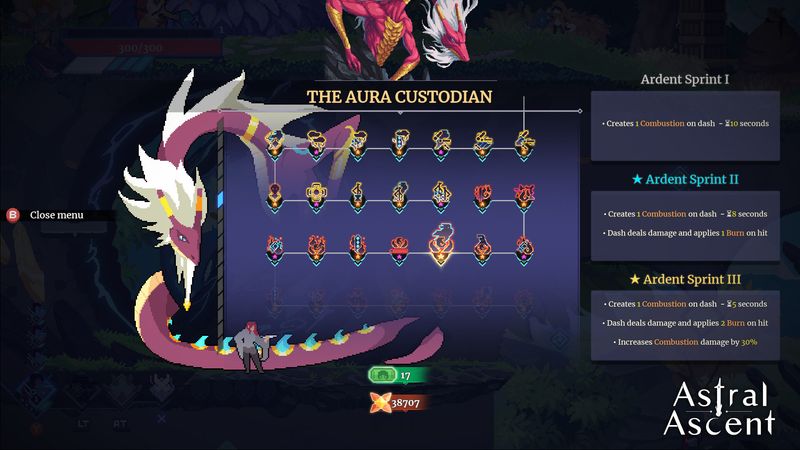
Difficulty and Replayability
In terms of difficulty and replayability, Astral Ascent takes a measured yet firm stance. The game offers a satisfying challenge from the outset. It does not hold your hand. Instead, it demands that you learn, adapt, and conquer the increasingly formidable Zodiac bosses. Some might find that this approach leans towards punishing at times, though I believe the balance is well‑calibrated for veteran players and those seeking a genuine trial of skill. The game incentivizes replayability through varied hero abilities and the unpredictable nature of roguelite trials. Every run feels like a fresh experiment, with unique synergies to explore and new tactics to master. This design is a deliberate break from the monotonous grind sometimes seen in similar titles.
Player feedback further underscores these observations. One reviewer contrasted the game with a myriad of well‑known roguelikes. They noted how Astral Ascent distinguishes itself by balancing thoughtful strategy with fast‑paced movement. Another player described the world and its cast as “incredible” and appreciated the impeccable integration of gameplay and aesthetics. Yet another called the game a masterpiece, lauding it as worthy of every second invested. Such impressions resonate with my own experiences. The game oscillates beautifully between its evocative storytelling and the thrill of efficient combat.
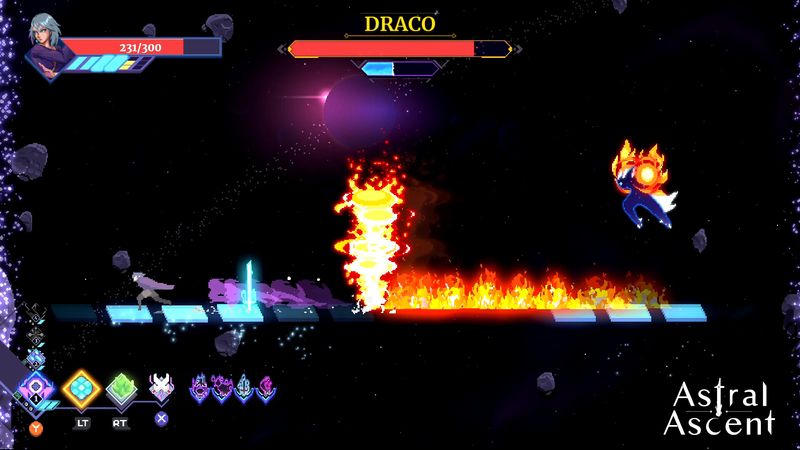
Behind-The-Scenes
From a behind‑the‑scenes perspective, Hibernian Workshop seems committed to pushing the boundaries of indie game design. Their focus on marrying responsive controls with meaningful narrative choices is evident in every aspect of Astral Ascent. This is not a game content to follow established formulas. Instead, it subtly roasts industry clichés by offering a mulled-down, refined version of what many would consider the gold standard of rogue‑like platformers. The result is a refreshing experience that tempts both the hardcore strategist and the narrative enthusiast.
Conclusion
Astral Ascent is a standout title in an otherwise crowded genre. The game’s combat is sharp and brisk, the narrative is cleverly dished out, and its design aesthetics wrap everything in a visually charming package. While a few nitpicky details emerge occasionally, they hardly mar an otherwise vibrant tapestry of interwoven mechanics and lore.
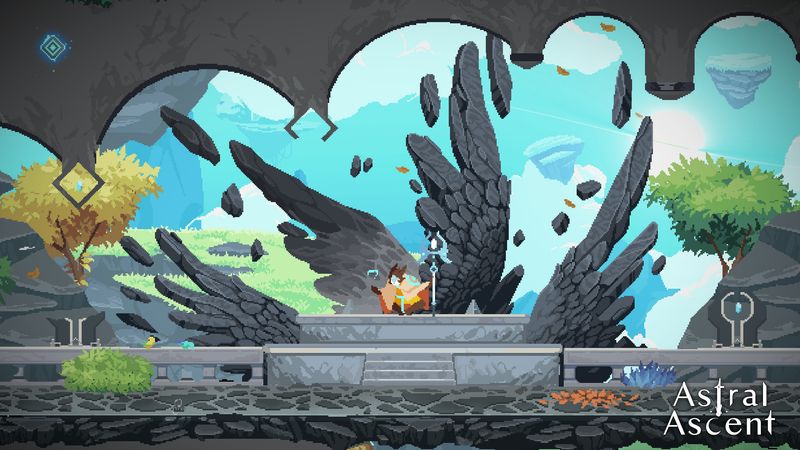
I award Astral Ascent 4.5 out of 5 stars. This cosmic odyssey is a must‑play for those who appreciate dynamism, depth, and distinct artistry. It is an origin story of clever rebellion—a testament to indie ingenuity that knows how to both honor and humor the conventions of its genre. In the immortal words of any dedicated TropeTracker, this game proves that sometimes the most entertaining twists come when you dare to ascend astrally.
